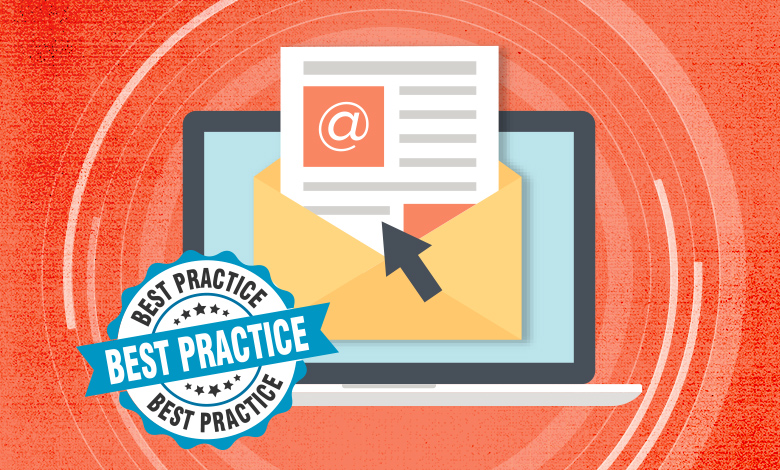
You invest a lot of time on the user experience (UX) of your websites and apps. But what about your emails? They’re a critical touchpoint on the journey, so emails that offer the best possible experience can strengthen your brand and get people to take some action. Follow the steps below to increase conversions and interactivity.
Optimize your design.
- Remember, the standard width for emails is 550px – 600px. Any wider and you run the risk that your email will look strange.
- Do not use background images – they don’t render reliably across all email platforms. If background images are necessary, make sure you have a fallback color.
- Use web safe fonts, such as Arial, Helvetica or Tahoma. Non-system fonts will not render correctly across all email platforms.
- Optimize your images by checking load times and making sure any images are optimized for retina screens.
50% of users open their emails on mobile
These features will help you cater to them:
- Subject lines less than 60 characters
- Font sizes 13 – 14px
- Links which are easily clickable
- Larger line height for easier reading
- Simple structures / layouts
Keep content short and easy to read.
- Balance text and images. Image-heavy emails increase the risk of being flagged as spam. Also, most emails block images by default, so text and CTAs should be visible when opening the email and reflect the main message.
- Subject lines are crucial! According to the Nielsen Norman Group, the first 40 characters help define an email’s success or failure.
- Personalize but don’t go overboard. While you can gain someone’s attention by addressing them by name or referring to where they live, some people may flag this as an unwelcome invasion of privacy in an unsolicited email.
- Respect subscriber preferences by including a “view in browser” and “unsubscribe” link.
Follow general best practices.
- Make content relevant and desirable based on your audience.
- Remember that timing is everything. Check your analytics to see what timing has performed best for a given email type. For example, retention emails to bouncing customers might need to be sent 1 – 3 days after they leave something in their cart, while newsletters can be sent out weekly.
- Test the usability of your emails by seeing how they render across email platforms and devices – and if they are flagged as spam.
- Consider A/B testing on messaging, layouts and CTAs to find out what converts best (open rate, redirects from CTAs, making a purchase) with your audience.
Get strategic.
Now that you’ve taken steps towards better UX in email design, it’s time to firm up your email strategy. Factors to consider include the content you’re sending, whom you’re sending it to (and in what context) and at what frequency. This can help you make the email magic happen with targeted messages at the right cadence.
Want more? Our UX experts are here to help with your email design, messaging and strategy.





